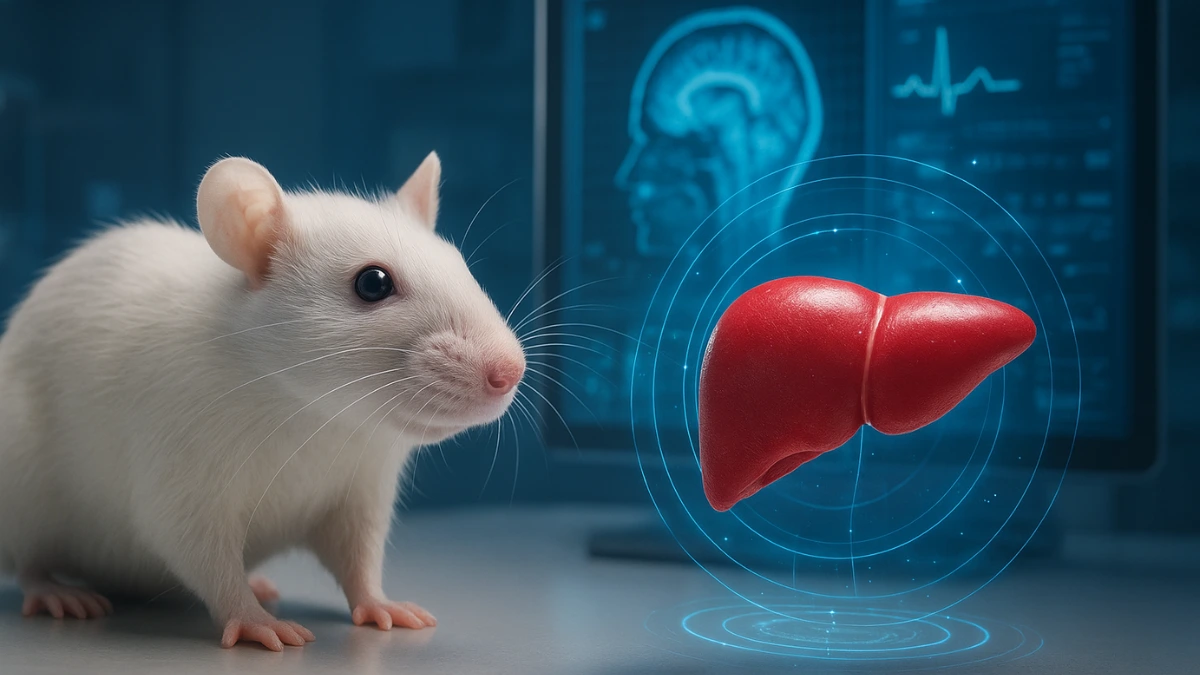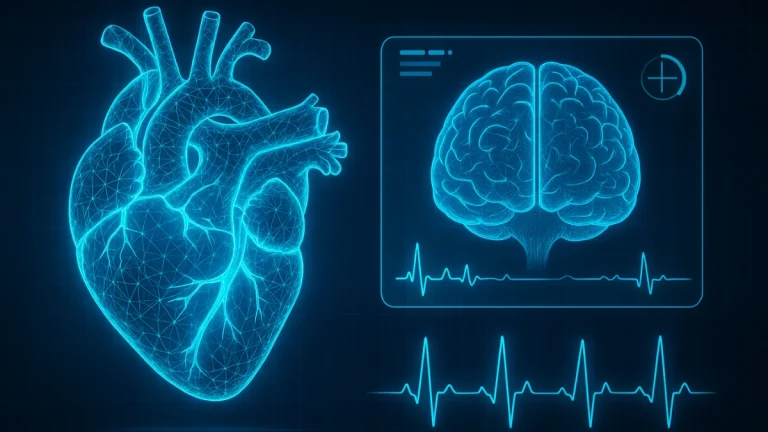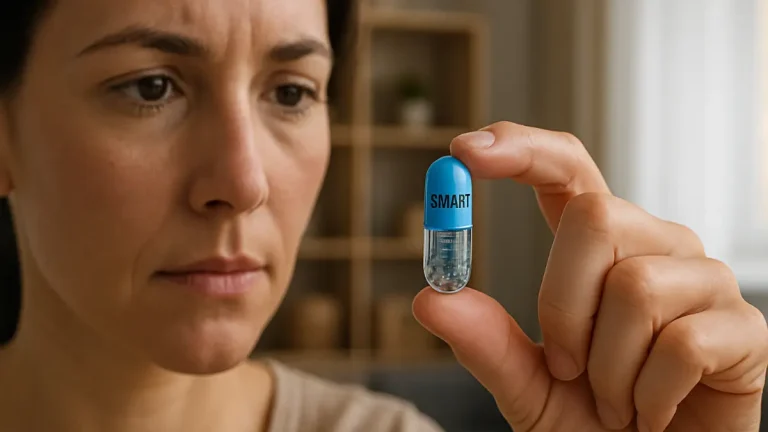Bioprinting Organs: A Medical Miracle in the Making
When I first read that scientists had placed a 3D-printed organ into a living rat, I had to stop and read it again. It wasn’t a scene from a sci-fi novel—it was today’s news. I thought about friends who waited months, even years, for a donor match. Some never got the call in time. That’s the heartbreak bioprinting is trying to end.
What Exactly Is Bioprinting?
Bioprinting is a type of 3D printing, but instead of plastic or metal, it uses living cells. These cells are layered to create tissues—and eventually, whole organs. The idea began decades ago as a dream in regenerative medicine. Now, in research labs from Boston to Tokyo, it’s becoming real.
Why It Matters
- End Organ Shortages: Thousands die each year waiting for transplants. Bioprinting could meet demand instantly.
- Custom Fits: Organs could be made from a patient’s own cells, reducing rejection risk.
- Faster Surgeries: Ready-to-use organs mean shorter waiting times and faster recoveries.
💡 Did You Know? The first bioprinted blood vessels in rats worked like natural ones within weeks.
The Science Behind the Hope
According to the U.S. National Institutes of Health and Europe’s Horizon 2020 program, bioprinting combines bio-inks (living cells + gels) with precision printers. Over time, the printed tissue integrates with the body’s own systems. Early rat studies show promising survival and function rates.
How It Might Work for Humans
- Doctors collect a small sample of your healthy cells.
- Cells are multiplied in a lab.
- A 3D bioprinter layers them into the shape of your needed organ.
- The organ matures in a controlled environment before transplant.
⚠ Warning: While rat results are promising, human use must pass strict safety trials.
Risks and Limitations
- Still in experimental stages.
- Unknown long-term effects in humans.
- Expensive technology—early use will be limited to major medical centers.
People Also Ask
1. How close are we to 3D-printed human organs?
Experts estimate limited use before 2030, starting with simpler tissues like skin and cartilage.
2. Are 3D-printed organs safe?
Animal studies suggest safety, but human trials are needed.
3. Could this replace all donor organs?
Eventually, yes—but not for at least a decade.
Conclusion
If bioprinting fulfills its promise, we may see a world where no family waits helplessly for a donor. A world where your own cells can save your life. That’s not science fiction anymore—it’s a race against time, and we’re closer to the finish line than ever.




